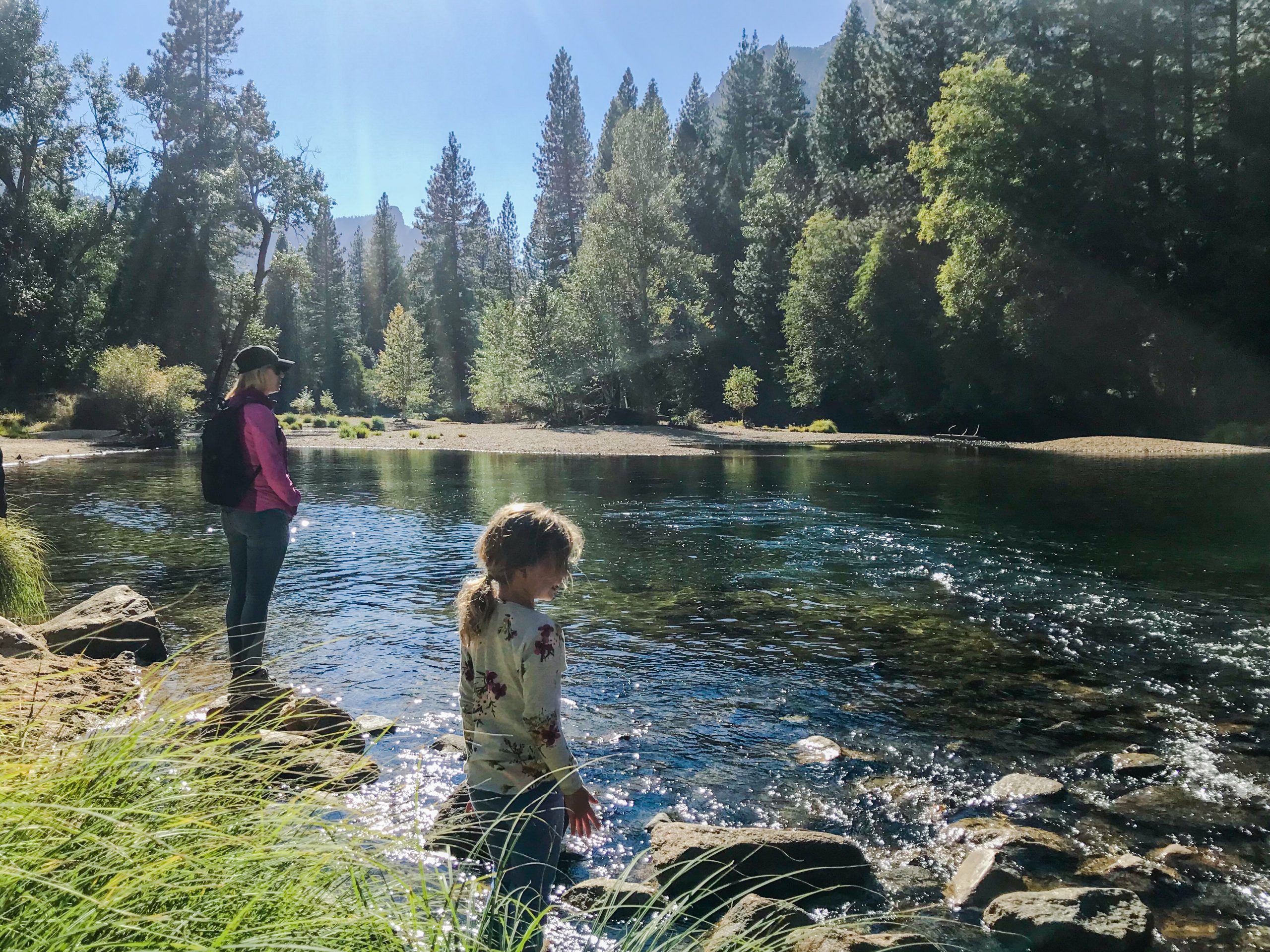Take a moment and imagine yourself in a natural setting. Use all your senses. Imagine inhaling the clean, fresh air and the scent of evergreen trees. Feel the warmth of the sun on your skin. Hear the birds chirping and branches swaying overhead. Look off into the distance and see the endless shades of green over the rolling hillside. Now picture a different setting; a busy city at rush hour. Cars are lined up next to you, inching forward and honking their horns. The smell of exhaust fills the air. You’re surrounded by the dull colors of concrete, steel, and asphalt. It’s easy to spot the differences between these two settings, but the effects on the human body aren’t always as obvious.
Nature’s positive impact on human health has been documented in modern literature for many years. In the 1800s, the writer Henry David Thoreau described the calming effect of nature; naturalist John Muir reported how wilderness soothed the nerves of urban residents; landscape architect Frederick Law Olmstead believed parks had a positive impact on mental health (Selhub and Logan, 2012). Indigenous people have appreciated the therapeutic properties of nature for thousands of years.
Over the past century, even while nature has been progressively exploited by humankind, the evidence connecting nature to human health has grown. Time spent in and around nature has been linked to improved cognition, reduced stress, and increased self-esteem. In a recent study by Martin et al. (2020), the authors determined that visiting nature at least once a week is associated with better health, happiness, and wellbeing. In a study published in 2010, Rodney H. Matsuoka observed 101 public high schools and found that views of green vegetation were significant factors in academic performance and graduation rates. In a number of studies, views of the natural world have been associated with higher scores in reading, language proficiency, and math (Selhub and Logan, 2012).
Nature’s positive impacts on human health are not limited to the brain. In a landmark study published in 1984, environmental psychologist Roger Ulrich found that patients who were able to gaze out their hospital window at a garden healed faster from surgery, infections and other ailments. The patients with a view of trees healed, on average, a day faster, needed less pain medication, and had fewer postsurgical complications compared to patients who saw a brick wall out their window. It’s possible the garden view helped reduce patient stress, which can improve immune system function and speed up the healing process (Scientific American).
Nature may even help us live longer. In a study by James et al. (2016) of more than 100,000 women over a period of eight years, green vegetation was associated with decreased mortality. Using satellite imagery to measure levels of vegetation, and looking at issues such as kidney and respiratory diseases and cancer, the researchers found that women living in greener areas had a 12% lower death rate. The study suggests that the mental health benefits, increased opportunities for social engagement and physical activity, and lower exposure to air pollution, all of which are correlated with access to nature, play an important role in life expectancy. According to the European Environment Agency, every 10% increase in green space is associated with a reduction in diseases equal to an increase of five years life expectancy.
Through decades of scientific research, it is well established that nature provides psychological, cognitive and physiological benefits. One of the most remarkable things is that even small “doses” of nature, such as a few minutes spent outdoors, a view through a window, a photo of a landscape, indoor plants, or even watching a documentary film about nature can positively influence human health. More research is still needed into other subject areas, related to the multisensory effects of immersing in nature, as well as the social and spiritual benefits (Keniger et al., 2013).
So how can we apply this research to improve our own lives? According to Environmental Psychologist Adina Deacu, “Take some time off any time you have the opportunity and spend it in natural settings, even if it’s in the small park around the corner of your apartment or office. Just make sure to protect nature and don’t leave any garbage behind you wherever you might choose to go. It is in each of us to protect natural landscapes for the psychological comfort they provide, if not for the whole global warming dilemma.” (Why Are We So Attracted to Natural Environments?)






